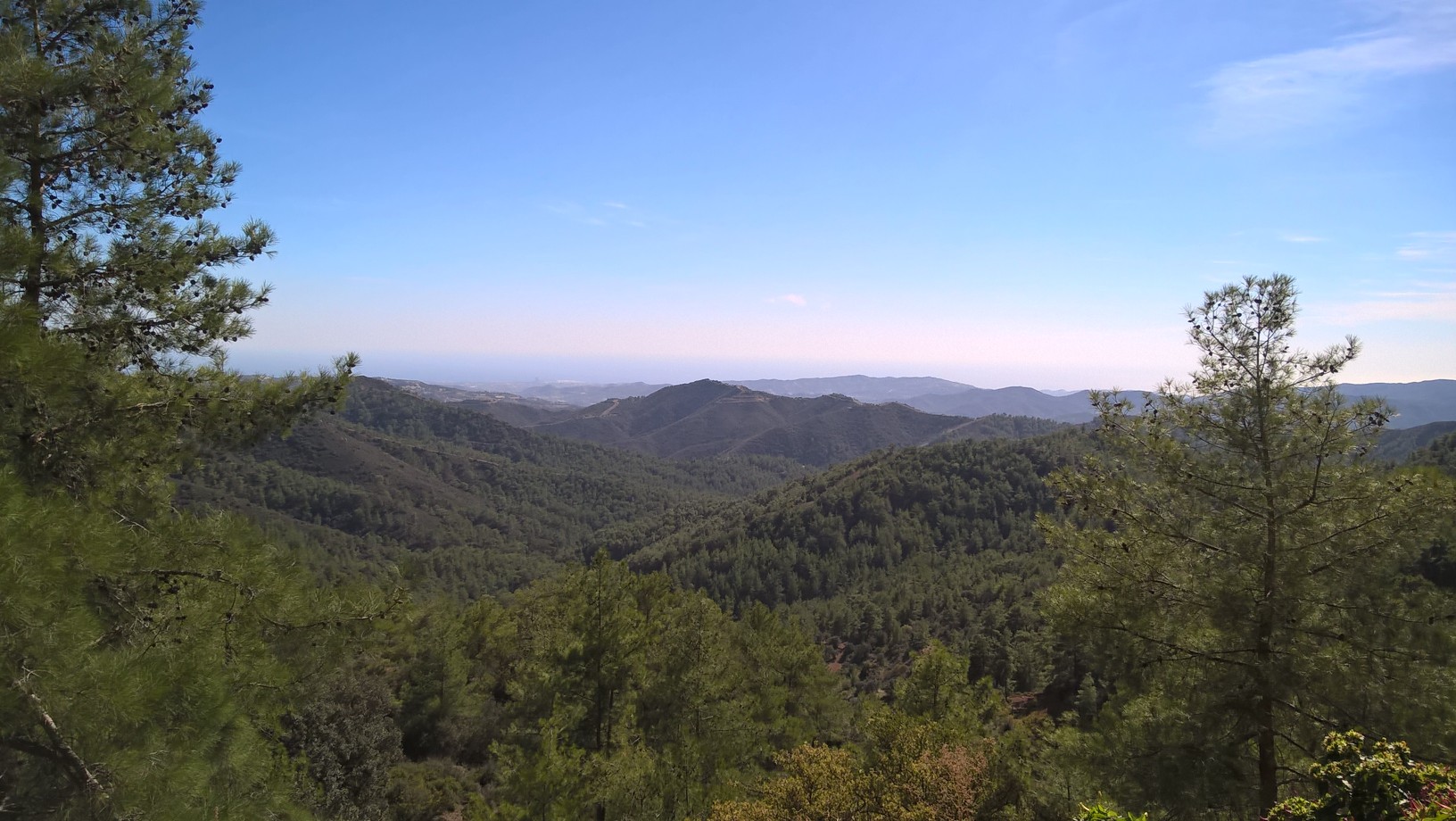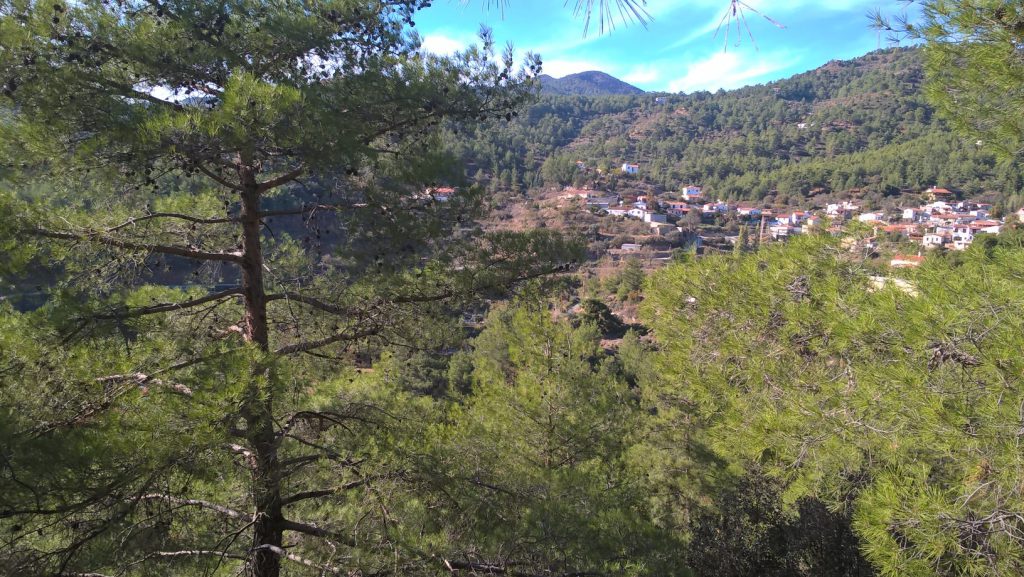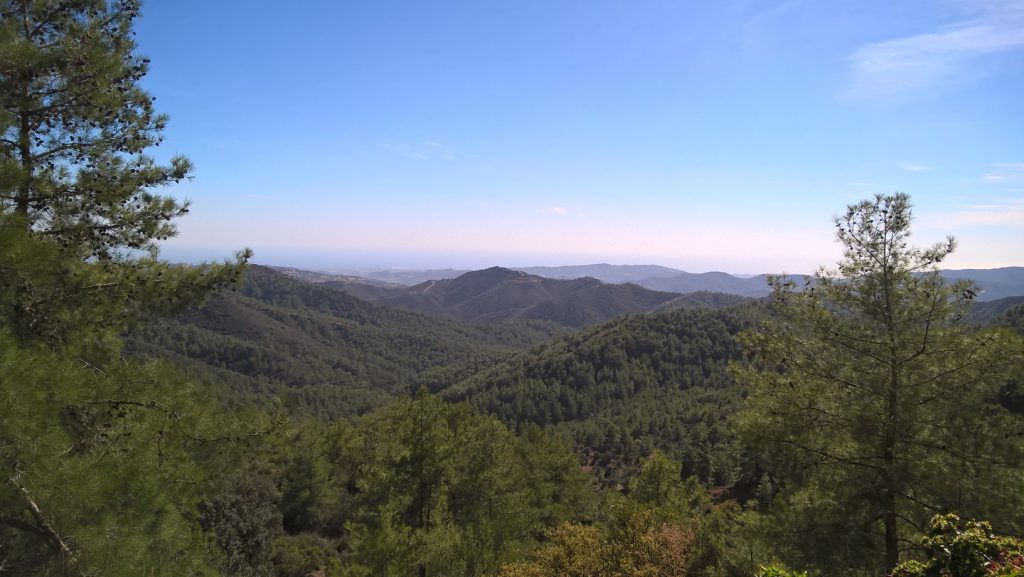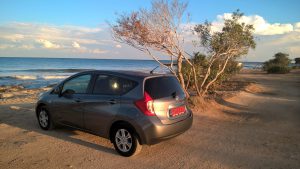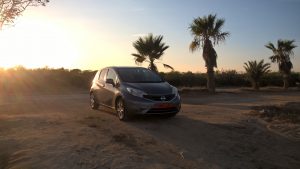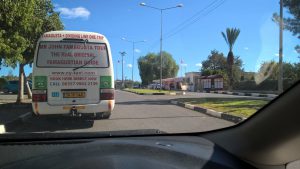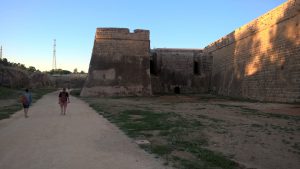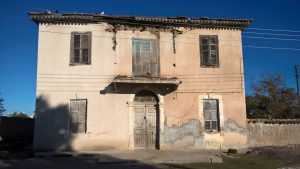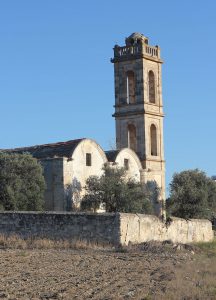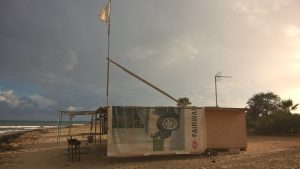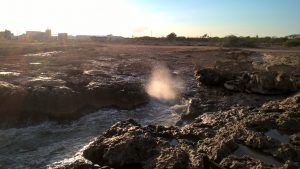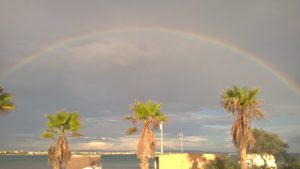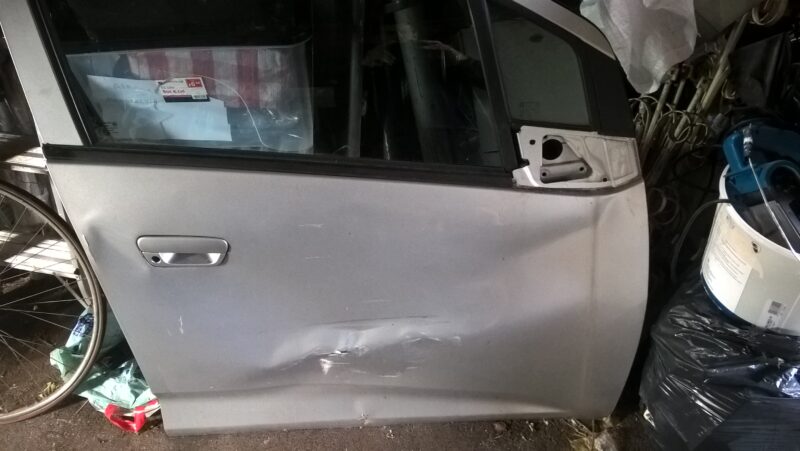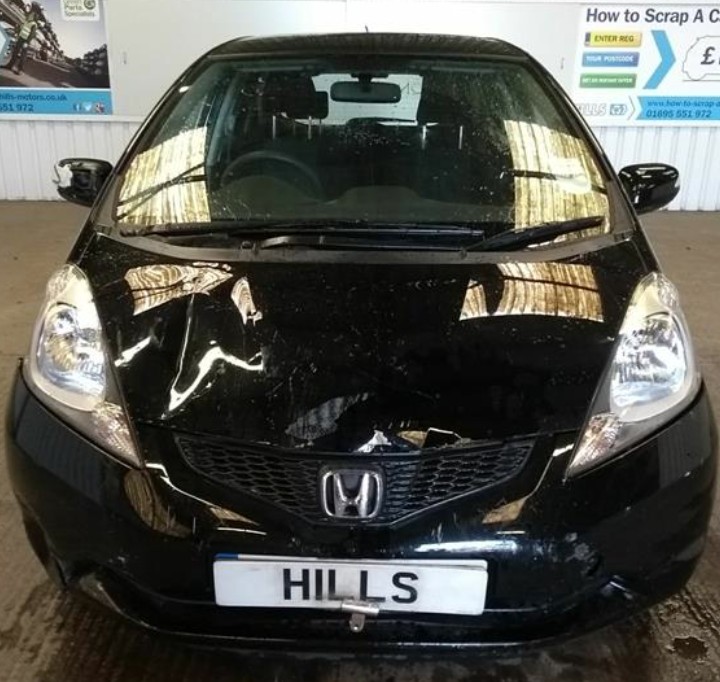It had been a while – over ten years since I was in Cyprus, the island of my parents’ birth.
There is a tenuous car connection here as I’d managed to organise an economy hire car via rentalcars.com for the two week trip, working out at less than ten pounds a day – £136.17 to be precise and surprisingly, the car turned out to be an automatic and not a manual as I had reserved. Automatics cost more but the rows of hire cars that covered the car parks of various rental companies around Larnaca’s Glafcos Clerides airport provided the reason as the tourist season was nearing its end. These days, I prefer automatics because the technology has moved on so much in the last fifteen years; manuals appear archaic by comparison.
Larnaca’s recently built airport is impressive compared to Manchester’s with passport scanners that have staff ready to guide you through the process. Conversely, when I passed through Manchester’s security search, the ‘poor’ customer experience button seemed to be pressed repeatedly by exiting passengers with security queues akin to herding cattle – a dehumanising experience.
After arrival, I greeted the Budget rental man with a chirpy “yassou” only to be met with a Cockneyed and downbeat “they’re Greek but not me” after which he swaggered off to the printer… so things have changed, then. He ensued to offer various additional insurance covers as his disinterested matter of course which I duly declined. Off to the car which was a Nissan Note adorned with a variety of bush scrapes and scratches which I made the company aware off before leaving. The automatic gearbox with a low ratio gear for descending the Troodos mountain roads hadn’t been used too much judging by the amount of brake squeal from worn and warped brake discs.
We drove to the border crossing at Ayios Nikolaos army base, a bastion of Britishness and one clear reason in my view, why the division remains. A twenty euro fee for a three day pass produced a certificate of insurance with a Greek border crossing followed by a Turkish one with the quality of roads and signage deteriorating which indicated the level of ‘infrastructure’ in the north. I had assumed that fuel would be cheaper in the north but it was not. Famagusta is a walled city that was conquered by opposing powers but it was the Venetians who strengthened it, buttressing corners although that was countered by enemy forces who fired cannons from further away to clear the height of the wall.
Northern Cyprus is where my family originate from – Famagusta specifically which also falls in part within the demarcation that separates north and south, the so called ‘buffer zone’. Varosha was one thriving resort that has been trapped in time, rusting cranes testament to the building work that was abruptly punctuated. It is a cruel, confusing divide as all place names in the north have been removed and renamed in Turkish like my parents’ village of Pigi-Peristerona which is now Aranichi – can you imagine the difficulties in finding it? My grandparents cafe and house still stand forlornly, used as storage judging by a peep through the door amidst an air of neglect. The church where my parents were wed is close by, remnants of a font are visible inside and on the outside wall, you can still decipher graffiti that was daubed by a haphazard blue brush – “EOKA” was a Greek terrorist group.
Against the Pentadaktylos or ‘five fingers’ mountain range silhouetted by five knuckles lies the flat Mesaoria Plain with a cambered road declining towards Kyrenia makes it a unique experience. My Mother has always said that the best land and beaches were and are in the north – it is underdeveloped and has retained its serenity away from the cities and towns despite its turbulent history. In contrast, the south has lost land to development that was used for olive groves. The road down the Risokarpaso or panhandle-shaped north easterly point of the island tapers to the Apostolos Andreas church on the headland with the Mediterranean Sea lapping both coasts, a route to savour according to my Uncle had driven on that road pre-partition.
Ayia Napa has changed since my last visit as the area around the ‘Limanaki’ or small harbour has more upmarket restaurants thanks to Russian money with buffets instead of burgers. Indeed, the second script is Cyrillic that has overtaken English on restaurant signs and menus – there’s even a Pharmacy adorned in Russian signage – all of it.
But I have a soft spot for Liopetri Potamos where an inlet from the sea meanders towards a narrow harbour with nearby cafes and eateries. ‘Demetrion’ is one named after the late owner’s missing brother, who as a young soldier was last seen in the village of Mia Milia during the Turkish invasion in 1974, photos of him and his descendants are hung by the entrance. Along the beach, summer shacks have been cobbled together with one using an advertising canvas of an early 2000 Renault Laguna – good to know it has its uses. Swinging back to that tenuous link again, I remember when most Cypriots owned pick-up trucks embossed with Isuzu, Nissan and Toyota on the tailgate however not many are used now as their taxation has deemed them too high to be economically viable.
RO59 HZK was a BMW 316 diesel registered in Reading but was exported by myself to Cyprus in 2013 for a relative. A walk around since revealed that every panel had some scrape or dent on it and that the gearbox had been repaired since – cars are well used on Cypriot terrain.
And Nicosia, the capital city is reputed to have an underground garage of ‘new’ Toyota cars that were stored for wealthy Armenians – they’d be worth a mint in Blighty. We visited family friends who left England in 1985, taking their treasured Volvo 244 estate and saloon that now reside beneath their flat. They have been sold now but for a fraction of what they’d fetch in England as according to the former keeper, owners clubs are rare in Cyprus.
It is a small island, moreso because of the division. I’d like to meet their environmental minister and question him or her on the lack of recycling and litter collection as according to my cousin, southern Cyprus gets fined by the European Union for not keeping to its environmental quotas and rightly so. Driving from Avgorou, burgundy clay soil that proves so fertile for crops recedes into scrubland where blue plastic bags snagged within thorns flutter. ‘Practical Classics’ magazine has centre pages devoted to ‘Rust in Peace’ where photos of old cars are sent in varying stages of decay so there are always examples taken around the Greek islands because of their higher survival rate. During my observations, there weren’t many ‘old’ classics that were so common during British sovereignty, more 90’s cannabalised Japanese tat stained with an orange hue from the red earth.
Now on to a sobering : before returning your rental vehicle, refill the fuel tank as in my experience as it works out to be cheaper despite Avis saying the contrary and take photos of any previous damage so you’re not liable.
In ten years, Cyprus has downsized to more fuel-efficient cars although they have a way to go to gain environmental credibility as there are numerous motorcycles, quadbikes and beach buggies used mostly during the tourist season that are far from.
Hopefully, it will not be as long until my next visit.
Words and photos are copyright of Sotiris Vassiliou except church and graffiti photos that are copyright of Gloria Vassiliou
February 2019

